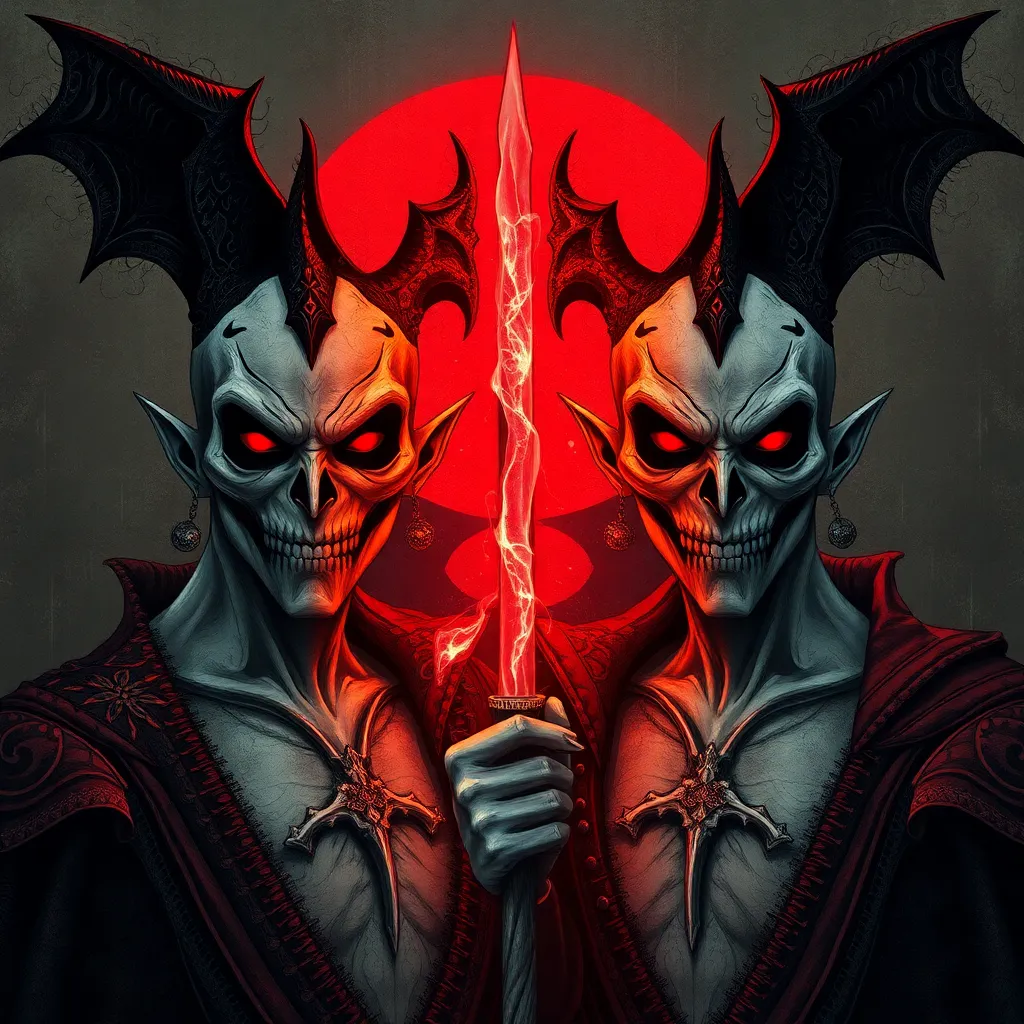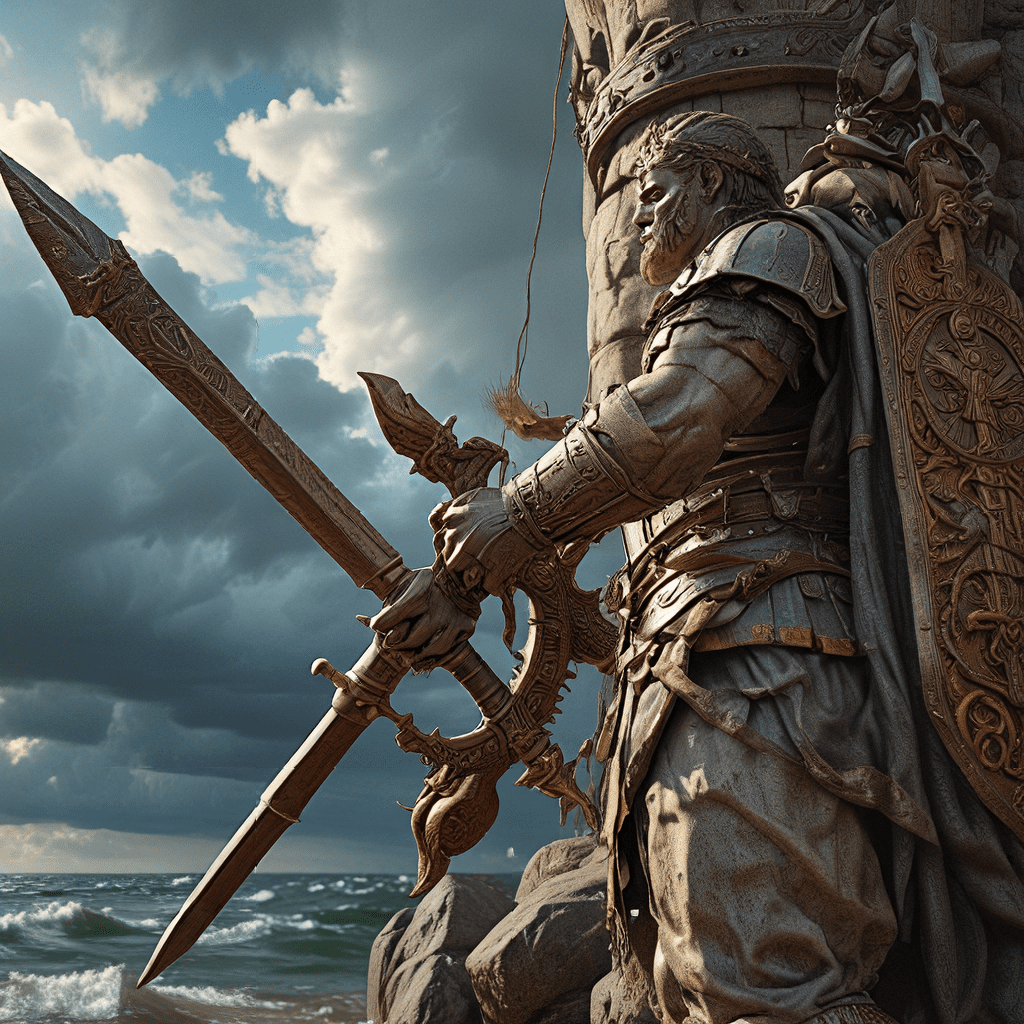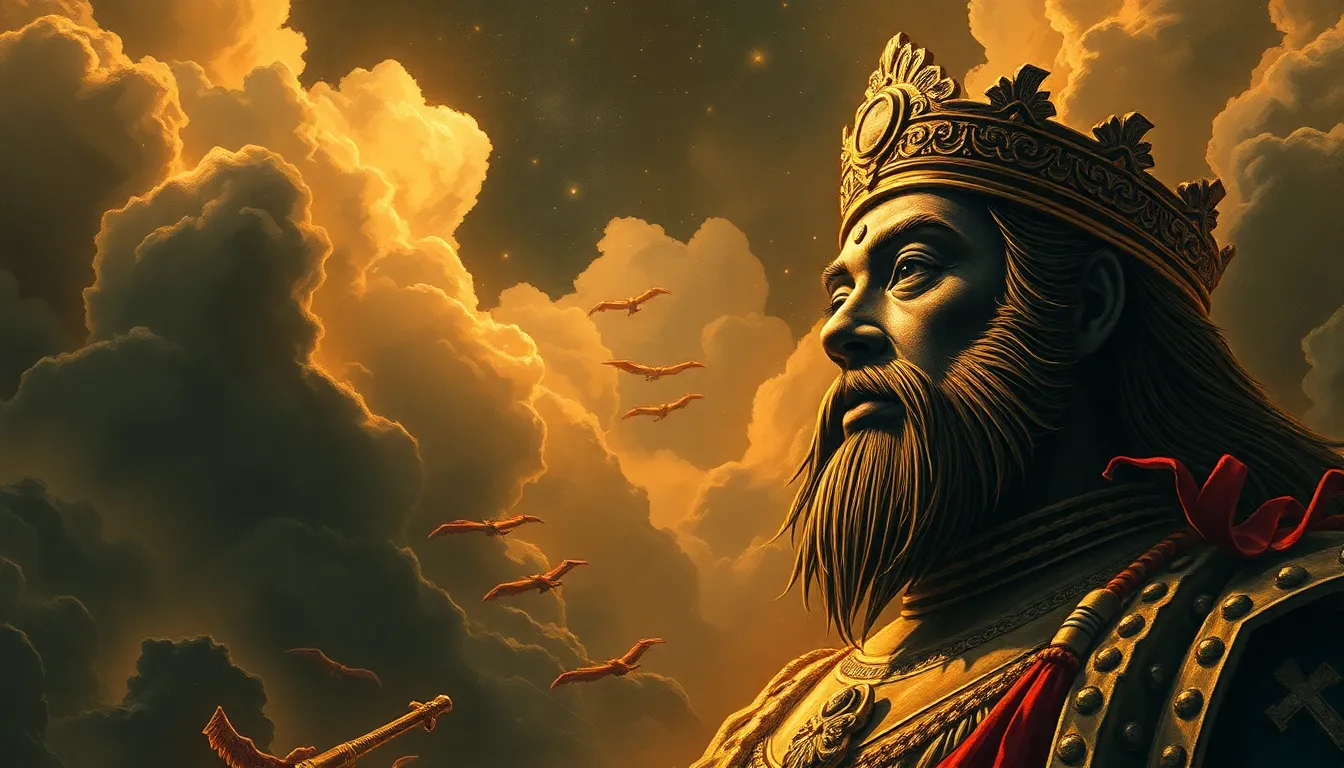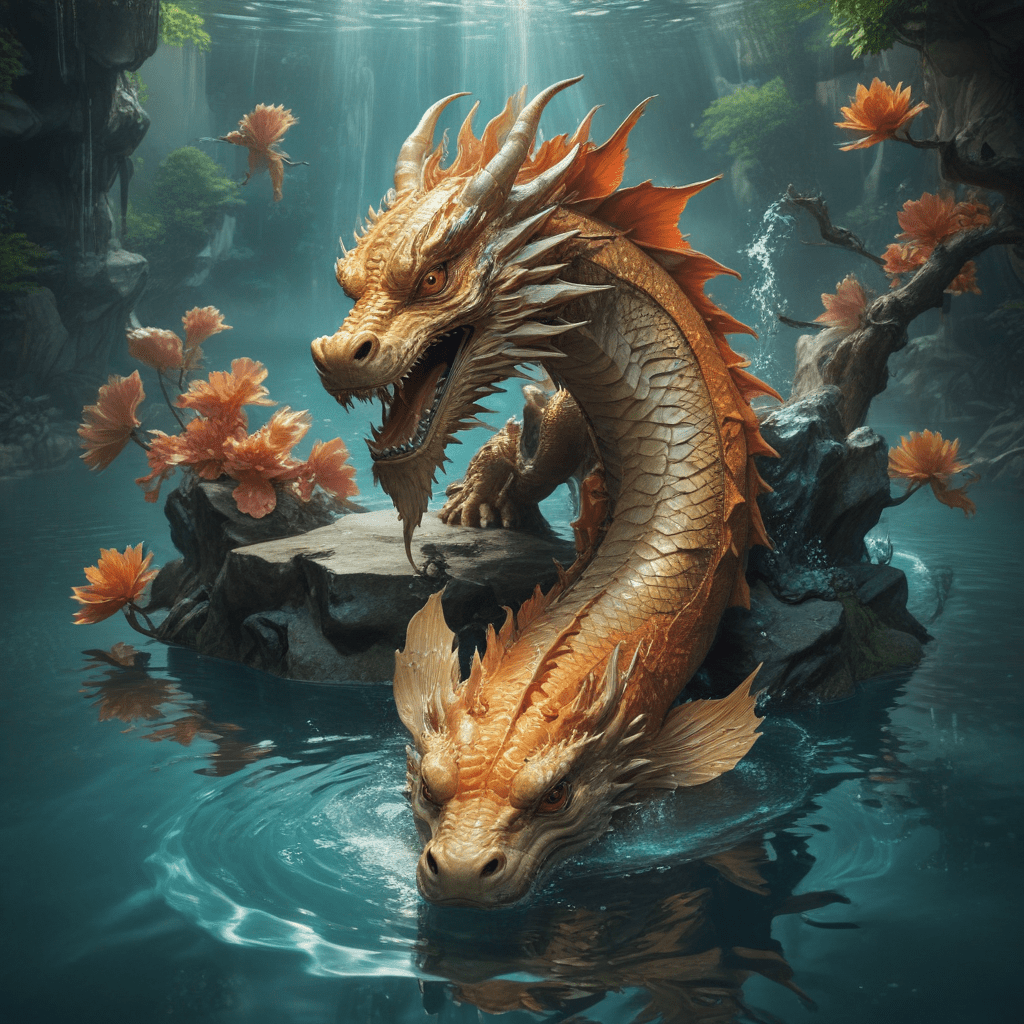Strigoi vs. Vampires: Decoding the Differences and Similarities
I. Introduction
The fascination with vampires has captivated the imagination of people around the world for centuries. From ancient folklore to modern novels and films, these creatures of the night have become symbols of mystery, fear, and allure. This intrigue extends to various cultural interpretations of the vampire myth, one of which is the Strigoi, a figure rooted in Romanian folklore.
The Strigoi are often depicted as restless spirits or undead beings, embodying the fears and beliefs of the communities that spawned them. This article aims to explore the differences and similarities between Strigoi and traditional vampires, shedding light on their unique characteristics and cultural significance.
II. Historical Origins
The roots of vampire mythology can be traced back to various cultures around the globe. Ancient civilizations such as the Mesopotamians and Greeks had tales of blood-sucking beings, while European folklore abounds with stories of creatures who prey upon the living. The vampire archetype, as we know it today, emerged primarily from Eastern European myths.
The emergence of the Strigoi specifically in Romanian folklore can be attributed to a combination of ancient beliefs and local customs. Strigoi are believed to be the souls of the dead who rise from their graves to haunt the living, often associated with witchcraft and sorcery. Historical accounts suggest that the fear of Strigoi was so profound that it led to various rituals aimed at protecting communities from these entities.
When comparing historical accounts of Strigoi and vampires, it becomes clear that while they share some commonalities, such as a connection to death and the supernatural, their cultural contexts and characteristics differ significantly.
III. Characteristics and Traits
Traditional vampires are often depicted with a set of common traits, including:
- Immortality
- Bloodsucking tendencies
- Fear of sunlight
- Hypnotic abilities
- Supernatural strength and speed
In contrast, Strigoi possess unique characteristics that set them apart:
- Can be living or undead beings
- Associated with witchcraft and magic
- Often said to have a physical form that is distinct from traditional vampires
- Can be warded off by specific rituals, including garlic and holy water
These traits significantly influence perceptions in folklore and media. While traditional vampires are often romanticized figures, Strigoi are typically portrayed as malevolent beings that evoke fear and unease.
IV. Types of Strigoi
Strigoi can be classified into two main categories: living Strigoi (Strigoii Vii) and undead Strigoi (Strigoii Morti). Each type carries its own significance and folklore:
- Strigoii Vii (Living Strigoi): These are individuals believed to possess supernatural abilities while still alive. They are often associated with witchcraft and may engage in malevolent practices.
- Strigoii Morti (Dead Strigoi): These are the spirits of the deceased who return to harm the living. They are often feared for their ability to drain life force and create havoc among the living.
The cultural significance of these classifications is profound, as they reflect the societal fears surrounding death, the afterlife, and the idea of resuming life after death in a malevolent form.
V. Cultural Impact and Representation
Strigoi have a rich presence in Romanian literature and folklore, often depicted in tales that illustrate moral lessons or cautionary warnings. These stories serve to reinforce community values and the importance of respecting the dead.
In contrast, the portrayal of vampires in global media and literature has evolved significantly. From Bram Stoker’s “Dracula” to modern interpretations in series like “True Blood” and “Twilight,” vampires have been represented in various ways, often focusing on their romantic and tragic aspects.
The analysis of how these representations shape cultural understanding reveals a dichotomy: while Strigoi are seen as embodiments of fear and caution, traditional vampires often symbolize desire and the allure of the forbidden.
VI. Rituals and Beliefs
Traditional rituals to ward off Strigoi include a variety of practices such as:
- Placing garlic or specific herbs around the home
- Using holy water and religious symbols
- Performing exorcisms to cleanse the spirit of the deceased
Vampire lore in different cultures also features associated rituals, which may include:
- Staking a vampire through the heart
- Decapitating the corpse
- Burning the body to ensure it does not rise again
While there are similarities in protective practices, the differences lie in the cultural contexts and the specific beliefs surrounding death and the afterlife.
VII. Modern Interpretations
Contemporary media has reinterpreted both Strigoi and vampires, often blending their characteristics in modern storytelling. This amalgamation can be seen in various forms:
- Films like “The Last Witch Hunter” that incorporate elements of both Strigoi and vampire lore.
- Television series such as “Vampire Diaries,” which borrow from both traditions.
- Literature that explores themes of immortality, morality, and the nature of evil.
This blending of characteristics often creates complex narratives that challenge traditional notions of good and evil, further enriching the vampire mythos in popular culture.
VIII. Conclusion
In summary, while Strigoi and traditional vampires share some foundational traits, they diverge significantly in their cultural contexts, characteristics, and representations. Strigoi embody the fears and beliefs of Romanian folklore, while vampires have evolved into multifaceted symbols in global culture.
The ongoing evolution of Strigoi and vampire myths reflects humanity’s enduring fascination with the supernatural and the unknown. This exploration invites readers to further delve into the rich tapestry of folklore and mythology that continues to shape our understanding of these enigmatic beings.



